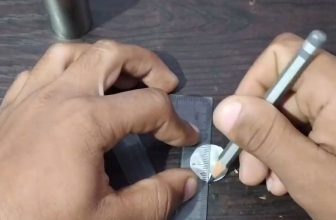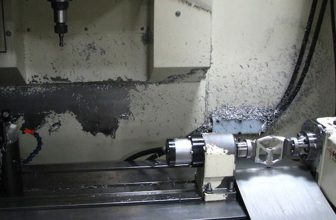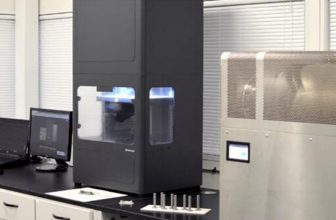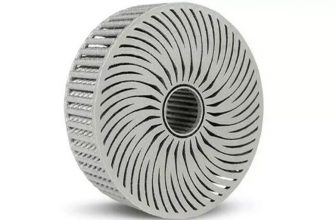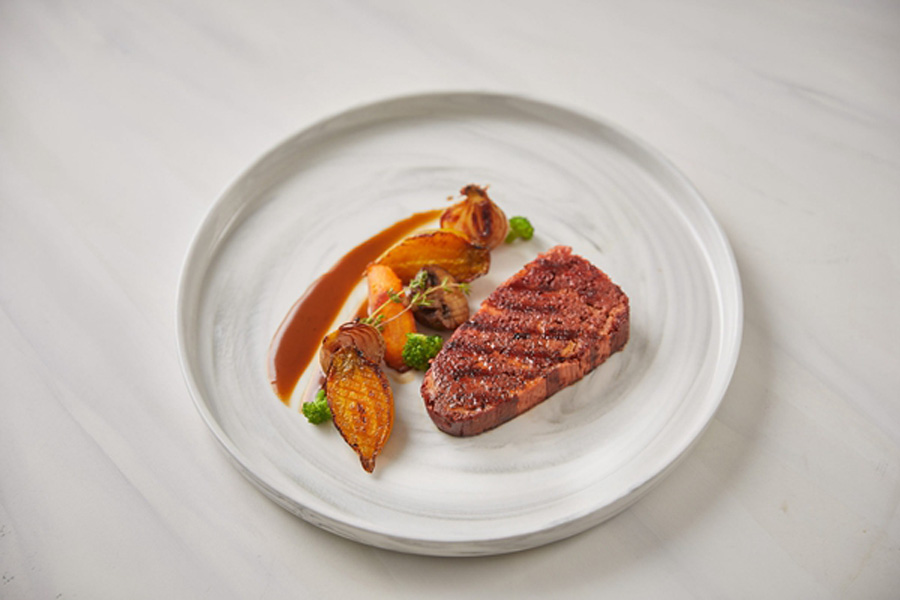
As early as 2018, artificial meat has been available abroad, and in 2019, domestic artificial meat was launched and launched on the market. Chain restaurants such as KFC and McDonald’s are all used, and the price is slightly higher than that of real meat products.
How much do you know about artificial meat that will replace meat in the future? Would you choose to buy and eat? For artificial meat, its production method is based on the traditional extrusion process. Now, with the continuous maturity of 3D printing technology, 3D printing as another processing method of artificial meat is no longer “uncommon”. No, a start-up company is trying to use 3D printing technology to make a simulated steak. How about it? Just follow along and look down.
According to foreign media reports, Tel Aviv’s startup Redefine Meat has been developing a new 3D printing technology to produce steaks without animal meat. Now, the company has finally launched the world’s first alternative meat product made with custom industrial 3D printing technology specifically designed for this job.
The company said that for this research and development purpose, in addition to completely changing the shape of food or choosing healthy ingredients, Redefine Meat expects to provide a new complex matrix “meat” in a cost-effective and scalable way. The recently released Alt-Steak product will be tested in the market in a few high-end restaurants in Europe later this year. Then, based on the chef’s feedback, the company hopes to increase its production of industrial meat 3D printers and alternative meat preparations before the market is fully commercialized in 2021.
“Since the day the company was founded, we have been working hard to create a delicious and affordable plant to replace steak. Steak is one of the most precious foods and the promoter of the entire meat industry,” said CEO and Redefine Meat. Co-founder Eshchar Ben-Shitrit said. “To achieve large-scale adoption, we know that to create alternative meat products with high quality and nutritional ingredients will require unprecedented new technologies and production processes for the food industry. Today’s announcement marks the beginning of a new era of alternative meat. -In the Alt-Steak era, the promotion of production processes will accelerate the development of various alternative meat full muscle products and provide sustainable alternative methods for raising and eating animals.”
The company uses Redefine Meat’s patent-pending meat 3D printing technology to create a product, and claims that the new product has the texture, flavor and appearance of a steak, and can be mass-produced in a low-cost manner, so that it can be brought to the market on a large scale. According to the company, its unique 3D printing technology has been able to produce more than 50 steaks per hour and provides the quantity and price needed to achieve mainstream adoption.
“The importance of using precise 3D printing technology to achieve texture, color, and flavor, and the combination between them cannot be overstated. By using different formulas for muscle, fat, and blood, we can focus on creating an Alt- that is perfect in all aspects. Steak products,” Ben-Shitrit continued. “This is unique to our 3D printing technology. It allows us to have unprecedented control over the internal matrix of substitute meat. Working with industry leaders like Givaudan to create Alt-Steak products that are not only healthy, but also sustainable It also has the satisfying flavor, texture and aroma of actual meat.”
Redefine Meat cooperates with leading butchers, chefs, and food technicians, and works closely with Givaudan, a leading producer of spices and flavors in Switzerland, to digitally map more than 70 sensory parameters to its Alt-Steak products, including premium beef products. Texture, juiciness, fat distribution and mouthfeel. The company’s food 3D printer uses a variety of plant-based recipes, including Alt-Muscle, Alt-Fat and Alt-Blood, which redefine meat, to produce high-protein, cholesterol-free steaks.
Last May, Israeli chef Assaf Granit tested 3D printed meat substitutes. After tasting the Alt-steak product of Redefine Meat embedded with caramelized onions and saffron tahini, the chef described the experience as “playing with your mind.” Even when he cooked his traditional meat-based recipe, Shikshukit, with Redefine’s alternative products, Granit stated that the taste was “almost the same” and that “80% or more people would not say two things. The difference between the people.”
But Redefine Meat is not fighting alone. Its industry-leading investor and partner ecosystem provides a wealth of expertise and financial support to bring its products to the market. Partners such as Givaudan are expected to be announced next week.
Nowadays, as the new crown pneumonia epidemic continues globally, slaughterhouses in many countries have unfortunately been “recruited”. The international meat trading market has slowed down, disrupting the supply chain and increasing the price of a system dominated by a few large companies. . This may indicate that the world is ready to adopt a completely different way to make edible alternative meat products, sustainable steaks that have the appearance of beef and taste indistinguishable from real steaks.
In fact, industrial-grade 3D printers that produce meat substitutes can eliminate the need to source meat from all over the world, reshape the traditional food supply chain, help solve the problems of global food production, and most importantly, reduce the food industry Adverse effects on the environment. Today, the practice of modern animal husbandry, which slaughters more than 300 million dairy cows every year, may increase greenhouse gas emissions and cause serious damage to farmland and freshwater use.
Therefore, considering that one of the most pressing challenges in the world is to produce and consume meat products in a way that reduces the impact on the environment, this provides an important opportunity for 3D printing technology, which can cause health problems by changing people’s eating habits. Change of meaning.
This latest milestone in Redefine Meat’s products may be exactly what the food industry needs to replace meat 3D printing to create scalable products that meet the needs of demanding customers who are looking for taste, feel, appearance and even smell like real Beef is an alternative meat product and has all the advantages of non-meat protein.


